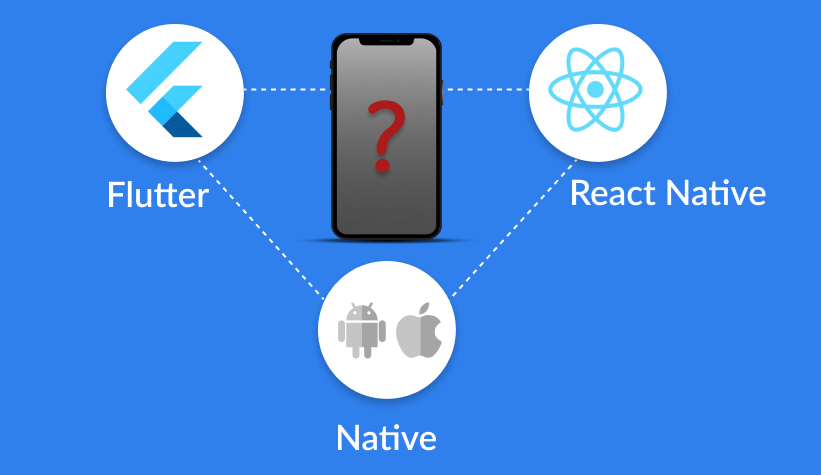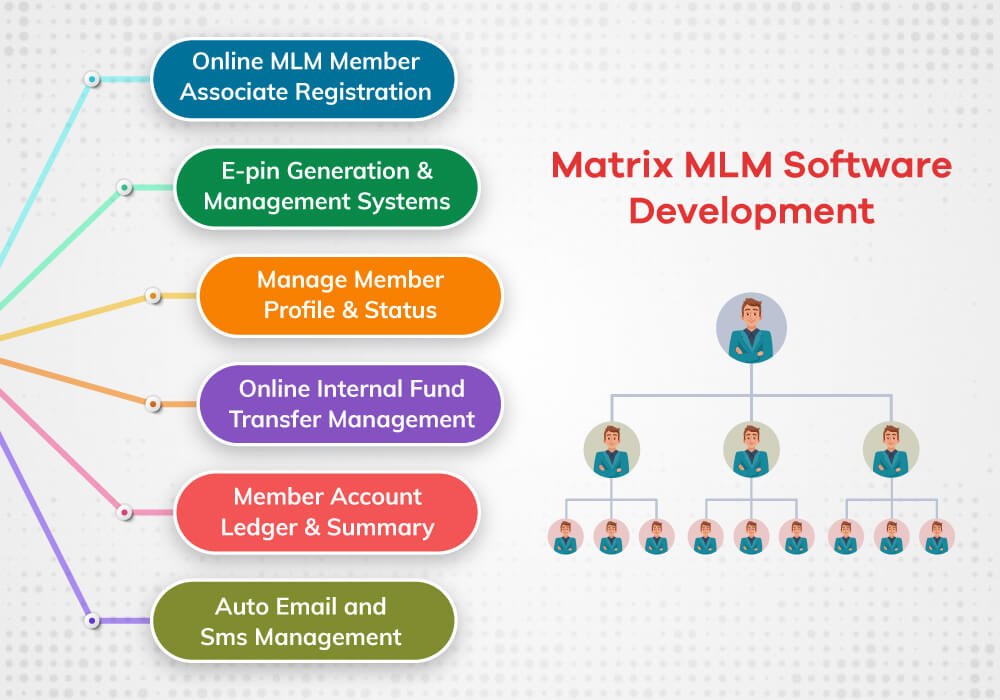
web developers use for adding style to a website?
When it comes to front-end web development, adding style to a website is a critical aspect that significantly enhances user experience.
A well-styled website not only attracts visitors but also keeps them engaged. The primary language used by front-end developers for
adding style to a website is CSS (Cascading Style Sheets).
This article delves into the
importance of CSS, its features, and how it integrates with other front-end technologies.
Understanding CSS: The Backbone of Web Styling
CSS, or Cascading Style Sheets, is a style sheet language used for describing the
presentation of a document written in a markup language like HTML. CSS is a cornerstone
technology of the World Wide Web, alongside HTML and JavaScript. It allows developers to separate content from design, making it easier to maintain and update websites.
Key Features of CSS
Separation of Content and Design: CSS enables the separation of a website’s structure (HTML) from its visual presentation. This makes it easier to update and manage the
website's appearance without altering the underlying HTML.
Reusability: CSS styles can be reused across multiple pages of a website, ensuring a consistent look and feel while reducing redundancy and effort.
Responsive Design: With CSS, developers can create responsive designs that adapt to different screen sizes and devices, providing an optimal viewing experience for users on desktops, tablets, and smartphones.
Flexibility and Control: CSS offers extensive control over the visual aspects of a webpage, including layout, colors, fonts, and animations. This flexibility allows for intricate and
visually appealing designs.
Performance Optimization: Proper use of CSS can improve the performance of a website by reducing the amount of code the browser needs to process, leading to faster load times.
CSS in Action: Enhancing User Experience
Layout Design
CSS provides powerful layout techniques such as Flexbox and Grid. These tools allow developers to create complex and responsive layouts with ease.
Flexbox: Flexbox, or Flexible Box Layout, is a one-dimensional layout method for arranging items in rows or columns.
It simplifies the process of aligning and distributing space
among items in a container.
Grid: CSS Grid Layout is a two-dimensional layout system for web applications. It allows developers to create grid-based layouts with rows and columns, offering greater control over the arrangement of elements.
Typography
Typography is a crucial aspect of web design that enhances readability and user
engagement. CSS allows for extensive typography control, including font selection, size, weight, line height, and spacing.
Good typography ensures that the text is not only legible but also visually appealing, contributing to a better user experience.
Color and Imagery
CSS supports various color models (RGB, HEX, HSL) and allows for the inclusion of
background images and gradients, adding depth and personality to a website. The strategic use of colors and images can evoke emotions, convey messages, and improve the overall
aesthetics of a site.
Animations and Transitions
Animations and transitions created with CSS can make a website more dynamic and
engaging. These effects can range from simple hover effects to complex animations,
enhancing the interactivity of a site.
Smooth transitions and subtle animations can provide visual feedback and improve the user experience.
CSS Preprocessors
CSS preprocessors like Sass and LESS extend CSS with variables, nested rules, and
functions, making CSS more maintainable and easier to write. These preprocessors help in organizing CSS code, reducing repetition, and making the style sheets more manageable
and scalable.
Integrating CSS with HTML and JavaScript
CSS is often used in conjunction with HTML and JavaScript to create interactive and visually appealing web pages.
CSS can be linked to HTML documents in several ways:
External Stylesheet: The preferred method, where CSS is written in a separate file and
linked via the <link> tag. This approach promotes the separation of concerns, keeping the HTML clean and focused on structure.
Internal Stylesheet: CSS is written within the <style> tag in the HTML document’s
<head> section. This method is suitable for small projects or when specific styles are
required for a single page.
Inline Styles: CSS is written directly within the HTML element using the style attribute.
This method is generally discouraged due to its impact on maintainability and separation
of concerns, but it can be useful for applying styles dynamically with JavaScript.
Dynamic Styling with JavaScript
JavaScript can manipulate CSS to create dynamic user experiences. By accessing and
modifying the Document Object Model (DOM), developers can change styles in response to user interactions, such as clicking a button or hovering over an element.
This
combination of CSS and JavaScript enables the creation of highly interactive and
responsive web applications.
Conclusion
CSS is an indispensable tool for front-end web developers, enabling them to create
visually stunning, responsive, and user-friendly websites. By mastering CSS, developers can ensure their websites are not only aesthetically pleasing but also functionally robust and accessible across various devices and screen sizes.
For more insights and detailed guides on web development and SEO strategies, visit our
recommended resource.
 React Native & Flutter App Development Company in India | Oprezo India Pvt. Ltd.
React Native & Flutter App Development Company in India | Oprezo India Pvt. Ltd.
 Mobile App Development Services in India | Android, iOS, Kotlin, Swift, Hybrid, eCommerce Apps
Mobile App Development Services in India | Android, iOS, Kotlin, Swift, Hybrid, eCommerce Apps
 Web Development & Frontend Design Services in India | Oprezo India Pvt Ltd
Web Development & Frontend Design Services in India | Oprezo India Pvt Ltd
 CRM & MLM Software Development Company in India | Oprezo India Pvt. Ltd.
CRM & MLM Software Development Company in India | Oprezo India Pvt. Ltd.
 Matka App Development Company in India | Satta App Maker Services
Matka App Development Company in India | Satta App Maker Services